A few days ago, I tweeted the following:
We cannot traumatize people by jumping into business-as-usual as schools reopen. We MUST create space for healing, reflection, & metabolizing the pain of the moment we are in. Set the task list aside and create space for affinity groups, deep listening, and restorative practices.
Within hours, hundreds of people had affirmed and responded to this message. I wish I could say that I heard a lot of, “YES! This is exactly what my district is doing.” Unfortunately, I heard a lot of pain, heartache, and dissonance around how schools are reopening.
One educator wrote, “It’s not happening systemically” to which a colleague replied, “At. All.”
Another wrote, “Some of us are screaming this from the rooftops, but our voices are starting to shake. “#HigherEd leadership, are you listening?”
Every day on Twitter, I see amazing educators leaving the profession because they feel unsafe (largely in states with mandated reopening), unvalued (all over), or dehumanized by the hyperfocus on tasks and directives. Here in the U.S., we are marinating in the pain and heartbreak of a triple pandemic: COVID-19, economic distress, and the daily barrage of systemic racism and anti-Blackness, not to mention continuous government corruption. I feel these phenomena in every cell of my body and still, my pain is incomparable to what Black colleagues and loved ones are having to metabolize on the daily. In Northern California where I live, add raging forest fires and untenable air quality to the mix and you have a recipe for intense anxiety and even despair.
And yet we are opening schools with pages upon pages of mandates and hyperlinks and “suggestions” for how to teach in a pandemic? WHAT? Just STOP!!! Slow. It. Down. Focus on our shared humanity for a moment. Make space for people’s pain so that they can access their creativity and have a fighting chance at actually learning something this year! This goes for students and adult learners. No matter where you sit in the educational system—counselor, paraprofessional, teacher, principal, superintendent, board member—these words are for you. Whatever task list you think is central right now, please lay it down and prioritize humanity and healing.
I’m going to offer a few ideas for how to do this: pieces of my own practice that are either emergent or longstanding. I offer them humbly. Also, follow Resmaa Menakem (@ResmaaMenakem) who is a deep and profound healer, starting with his brilliant book My Grandmother’s Hands. Follow Dena Simmons (@DenaSimmons) whose work is pushing the field of social-emotional learning (SEL) to center antiracism and not just expound “white supremacy with a hug.” Follow my colleague Alcine Mumby (@Alcine_Envision) who is at the leading edge of thinking about somatic work, healing, and racialized trauma. And share your ideas as well! We are in this together. There is no silver bullet. There are only emergent solutions that come from listening deeply to one another and honoring our full human experiences right now.
Affinity Groups
Affinity groups create opportunities to gather and connect with other people who share aspects of your identity. An affinity group can be formed along lines of racial identity, gender identity, sexuality, ability, or other axes. This is a crucial healing structure right now for BIPOC (Black, Indigenous, and People of Color) educators, providing community and a safe space to metabolize the moment. White affinity spaces, which I have been learning to lead, offer a space for white folx to do their own internal work and external processing in ways that don’t trigger or harm BIPOC. Given the racial trauma being enacted daily and the disproportionate impact on Black and Brown educators, well-facilitated affinity groups are not a nice-to-do, but a must-do right now.
Deep Listening Practices
As most of you know, listening is my passion and, I believe, the most complex and underestimated skill in the toolbox of antiracist equity educators. We listen all the time, but do we do it well? Now more than ever, our ability to listen deeply matters, making the difference between a child or colleague feeling seen and held or feeling invisible and unworthy of care and connection. Take time in your back-to-school meetings and lessons to ritualize deep listening through constructivist listening dyads, mindful inquiry, and active listening practice.
Teach people about the neurobiology of listening from mirror neurons, to neuroception, to the ways in which listening with our ears, eyes, hearts, and minds helps to calm an activated amygdala—the almond-shaped mass of gray matter inside the cerebral hemisphere, involved with the experiencing of emotions—and infuse the brain with positive neurotransmitters like dopamine and serotonin. I’m hereby tagging the brilliant educator Jessica Huang to write a piece on active listening dyads, or the practice of mindful inquiry, which was developed by facilitator and filmmaker Lee Mun Wah! Jessica and I use this practice in the equity workshops we lead, and it is powerful and profound.
A word of caution: don’t introduce the listening practices once and then drop them. This needs to become a backbone practice of our work this year, weekly if not daily. Listening prompts might include:
- How are you doing today, really?
- What’s it been like to be you lately?
- How are you experiencing this moment in your body?
- What’s a hope and a fear you have about returning to school?
- What is the truest, most beautiful vision you can imagine of an antiracist classroom?
Healing Circles
As we commit to healing and humanity, we need to be looking to Indigenous epistemologies (ways of knowing) and worldviews. Circles—a foundational element of restorative practices—are an Indigenous structure used for thousands of years across North America and the world. My colleague Perry Smith is Shuswap and the Director of Instruction in the Abbotsford School District as well as an artist, a children’s book author, and a powwow dancer. This past week, I was honored to deliver the opening keynote for Abbotsford schools and invited Perry to speak to the importance of circles. He noted that the circle appears in Indigenous gatherings, ceremonies, and events as well as in the shape of the drum and the circularity of verses in traditional songs. Perry shared that all the power in the world comes from the circle and when we sit in a circle, there is no head. Everyone is equal.
Prioritize weekly, if not daily, circles in your classroom and adult learning spaces. Do some circles by affinity or cultural caucus. Ask various members of the learning community to lead a circle by bringing in a talking piece, sharing its significance, and holding space for others to share. This powerful practice can provide a space for healing and reflection right now.
Support Groups
Finally, consider building ongoing support groups for students and educators. You don’t need to be a mental health professional to incorporate support groups; they are a constructivist listening structure, much like dyads but in a group. The ground rules are the same:
- Equal time. Everyone deserves to be listened to.
- No interruptions. People can solve their own problems.
- Double confidentiality. People need to know they can be completely authentic.
- No criticizing mutual colleagues. A person cannot listen well when feeling attacked or defensive.
Form groups of 5 or 6 that will meet on an ongoing basis, either weekly, biweekly, or monthly. Each time groups meet, offer a prompt for reflection and perhaps time for folx to journal before sharing. Have a timekeeper that ensures each person has equal time to share and reflect: this could be anywhere from 3 minutes to 5 or 6. If time permits, provide about 10-15 minutes after everyone has shared for open discussion and affirmations. Be clear that people are not to comment on or critique one another’s sharing.
In 1963, James Baldwin spoke to a room full of teachers and said the following:
Let’s begin by saying we are living in a very dangerous time. Everyone in this room is in one way or another aware of that. The society we live in is desperately menaced, not by Khrushchev, but from within.
To any citizen of this country who figures himself as responsible—and particularly those of you who deal with the hearts and minds of young people—must be prepared to “go for broke.”
For me, those words have chilling resonance today. What does it look like to “go for broke” in a triple pandemic? Will it mean pressing forward with traditional schooling as the architecture of the system crumbles around us? Or will it mean pausing to connect, reflect, heal, and humanize our schools as we build an antiracist movement for justice?

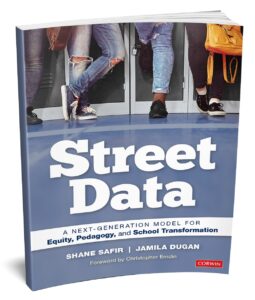 Enter your email here and get a free copy of the first chapter of Street Data!
Enter your email here and get a free copy of the first chapter of Street Data!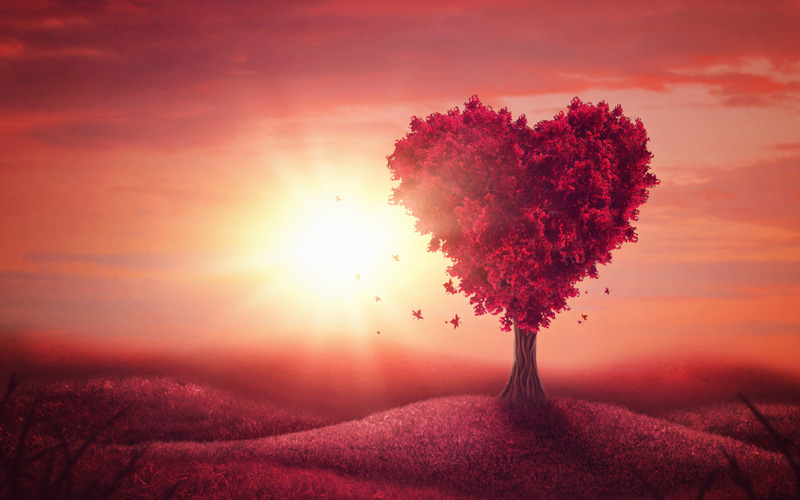
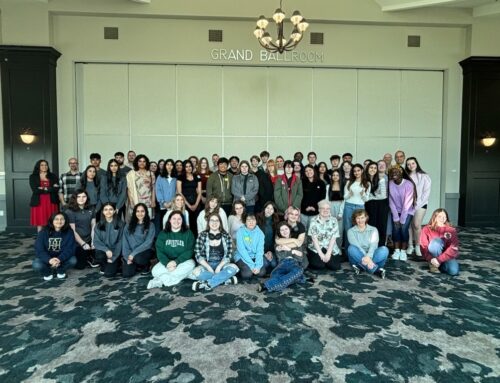
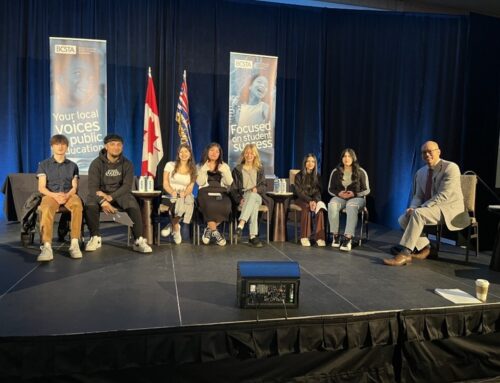
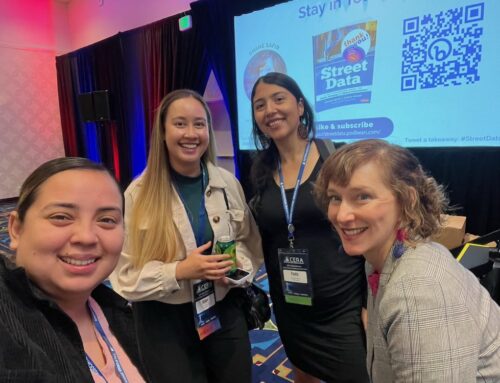
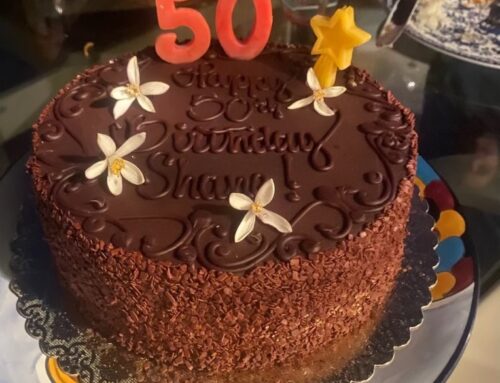
Leave A Comment
You must be logged in to post a comment.